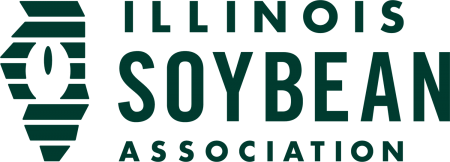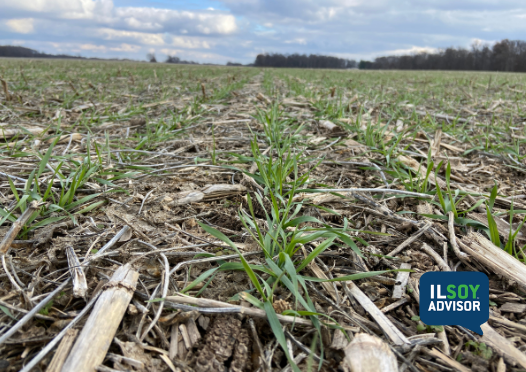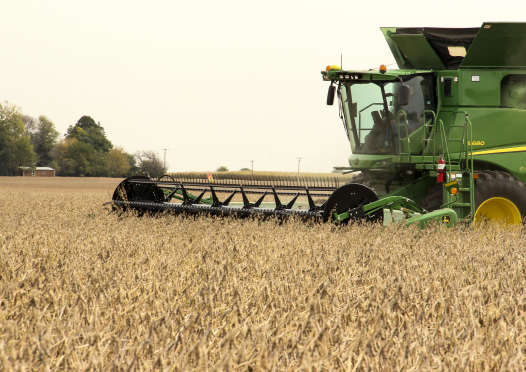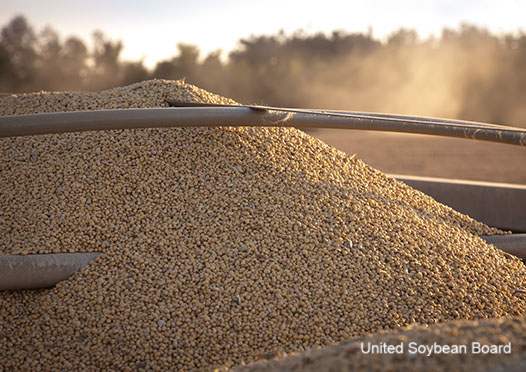ILSOYADVISOR POST
Dicamba Technology Demands Multiple Levels of Stewardship
Nearly every new technology brings its own challenges and learning curve—and the first full season with dicamba-tolerant soybeans and approved over-the-top herbicide formulations is a reminder of that fact for farmers, researchers, ag retailers and farm organizations.
With the new dicamba-based herbicides under a two-year U.S. EPA label, and with weed management challenges growing every day, it’s essential for the industry to get this right.
Everyone involved with production agriculture has a critical role to play in the proper stewardship of these new products, including strict adherence to all label guidelines.
ISA, along with Illinois Farm Bureau (ILFB) and other groups, supports these new technologies. We also recognize the need for farming methods that protect the land, air and water, and produce a safe food supply. To that end, we have developed these learnings to help farmers make best use of new dicamba technologies:
- Given the potential damage from off-target movement of dicamba to non-tolerant soybeans and other sensitive crops, all farmers need to:
- Identify the proximity of non-tolerant soybeans and other sensitive crops
- Prioritize communication with neighbors before planting; during planting, spraying and scouting; and after harvest.
- Farmers applying dicamba-based products, whether on corn or on dicamba-tolerant soybeans, must follow all label instructions and continue to keep lines of communication open with their neighboring farmers.
- Any farmer growing non dicamba-tolerant soybeans or other sensitive crops who sees possible dicamba damage to crops should consider these steps:
- Talk with the neighbor(s) who applied or contracted for the dicamba application(s).
- If applicable, talk with the commercial applicator or product manufacturer.
- If a yield loss is probable based on severity of the symptoms, report a claim to your insurance company and ask the neighbor and/or the commercial applicator to do the same.
- Contact the University of Illinois to assess the type of drift on the field. This bulletin provides details.
- File a drift complaint with the Illinois Department of Agriculture. Here’s how: https://www.agr.state.il.us/pdf/pesticidemisusecomplaintform.pdf https://www.agr.state.il.us/pesticides-uses-misuses\
- Off-target movement of dicamba may occur more than once per season. The later in the season, the more damaging it is to sensitive crops, including non-tolerant soybeans:
- According to the label, post applications can be made from emergence to and including beginning bloom (R1).
- No in-crop applications of dicamba-based herbicides should be made after beginning bloom.
For additional insights, read Aaron Hager’s recent piece addressing The Dicamba Dilemma in Illinois: Facts and Speculations.
And for an excellent primer on temperature inversions that can affect drift, check out Prairie Farmer’s recent article on 8 things to know about inversions.
Finally, be sure to check the manufacturer sites for the latest information on proper use of the three options of new dicamba formulations—Monsanto's XtendiMax®, DuPont's FeXapan™ and BASF's Engenia®.





Comments
Add new comment